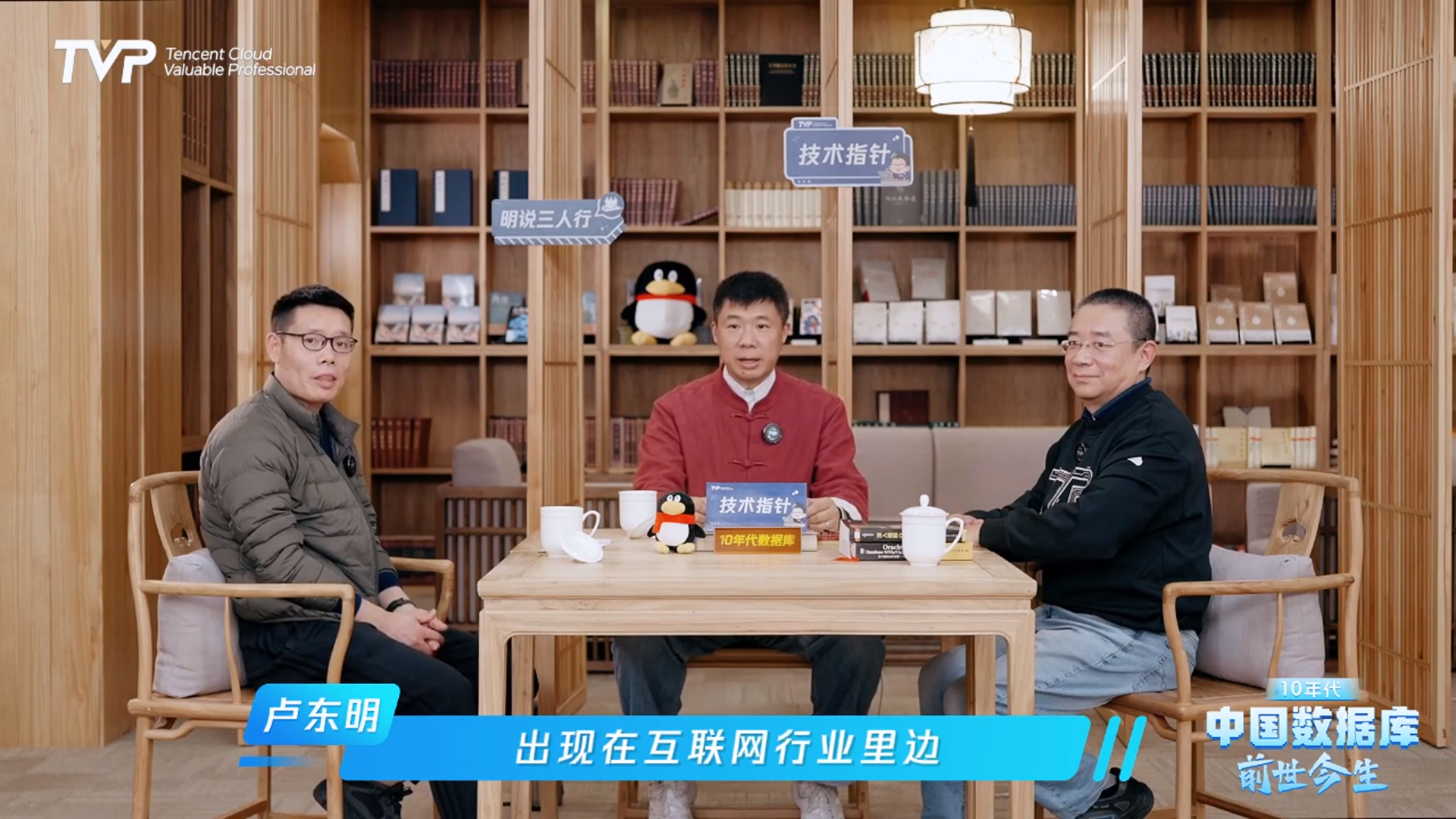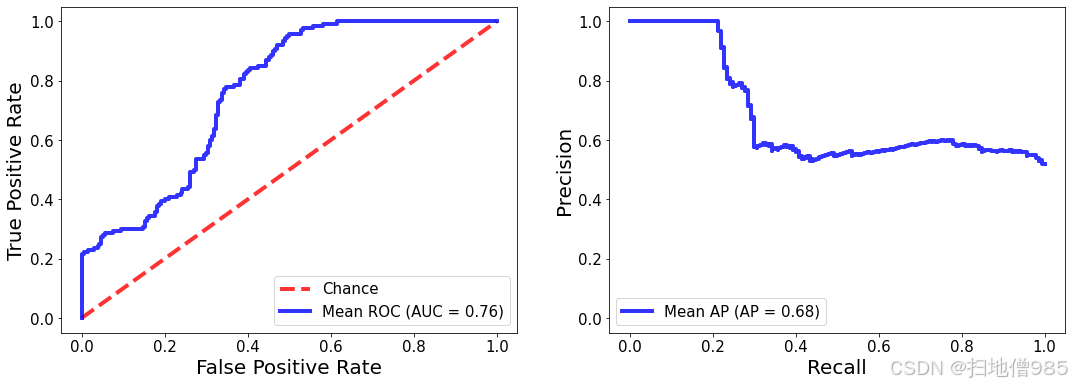文章目录
- 0、参数微调简介
- 1、常见的微调方法
- 2、代码实战
- 2.1、导包
- 2.2、加载数据集
- 2.3、数据集处理
- 2.4、创建模型
- 2.5、BitFit微调*
- 2.6、配置模型参数
- 2.7、创建训练器
- 2.8、模型训练
- 2.9、模型推理
0、参数微调简介
参数微调方法是仅对模型的一小部分的参数(这一小部分可能是模型自身的,也可能是外部引入的)进行训练,便可以为模型带来显著的性能变化,在一些场景下甚至不输于全量微调。
由于训练一小部分参数,极大程度降低了训练大模型的算力需求,不需要多机多卡,单卡就可以完成对一些大模型的训练。不仅如此,少量的训练参数,对存储的要求同样降低很多,大多数的参数微调方法只需要保存训练部分的参数,与动辄几十GB的原始大模型相比,几乎可以忽略。
1、常见的微调方法
常见的微调方法如图所示:

Lialin, Vladislav, Vijeta Deshpande, and Anna Rumshisky. “Scaling down to scale up: A guide to parameter-efficient fine-tuning.” arXiv preprint arXiv:2303.15647 (2023).
2、代码实战
- 模型——bloom-389m-zh
- 数据集——alpaca_data_zh
2.1、导包
from datasets import load_dataset, Dataset
from transformers import AutoTokenizer, AutoModelForCausalLM, DataCollatorForSeq2Seq, TrainingArguments, Trainer
2.2、加载数据集
ds = Dataset.load_from_disk("./alpaca_data_zh/")
2.3、数据集处理
tokenizer = AutoTokenizer.from_pretrained("../Model/bloom-389m-zh")
tokenizer
def process_func(example):
MAX_LENGTH = 256
input_ids, attention_mask, labels = [], [], []
instruction = tokenizer("\n".join(["Human: " + example["instruction"], example["input"]]).strip() + "\n\nAssistant: ")
response = tokenizer(example["output"] + tokenizer.eos_token)
input_ids = instruction["input_ids"] + response["input_ids"]
attention_mask = instruction["attention_mask"] + response["attention_mask"]
labels = [-100] * len(instruction["input_ids"]) + response["input_ids"]
if len(input_ids) > MAX_LENGTH:
input_ids = input_ids[:MAX_LENGTH]
attention_mask = attention_mask[:MAX_LENGTH]
labels = labels[:MAX_LENGTH]
return {
"input_ids": input_ids,
"attention_mask": attention_mask,
"labels": labels
}
tokenized_ds = ds.map(process_func, remove_columns=ds.column_names)
tokenized_ds
2.4、创建模型
model = AutoModelForCausalLM.from_pretrained("../Model/bloom-389m-zh",low_cpu_mem_usage=True)
2.5、BitFit微调*
#选择模型参数里面的所有bias部分
#非bias部分冻结
num_param = 0
for name,param in model.named_parameters():
if 'bias' not in name:
param.requires_grad = False
else:
num_param+=param.numel()
num_param
2.6、配置模型参数
args = TrainingArguments(
output_dir="./chatbot",
per_device_train_batch_size=1,
gradient_accumulation_steps=4,
logging_steps=10,
num_train_epochs=1
)
2.7、创建训练器
trainer = Trainer(
args=args,
model=model,
train_dataset=tokenized_ds,
data_collator=DataCollatorForSeq2Seq(tokenizer, padding=True, )
)
2.8、模型训练
trainer.train()
2.9、模型推理
from transformers import pipeline
pipe = pipeline("text-generation", model=model, tokenizer=tokenizer, device=0)
ipt = "Human: {}\n{}".format("考试有哪些技巧?", "").strip() + "\n\nAssistant: "
pipe(ipt, max_length=256, do_sample=True, temperature=0.5)



















